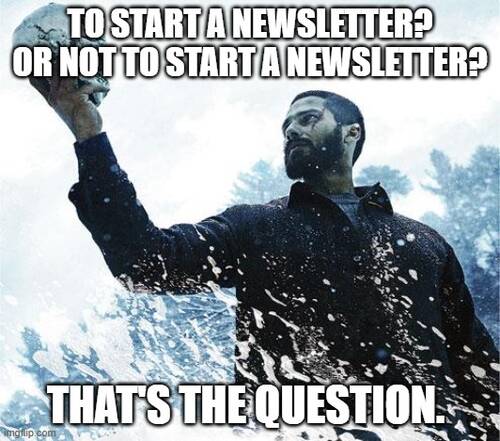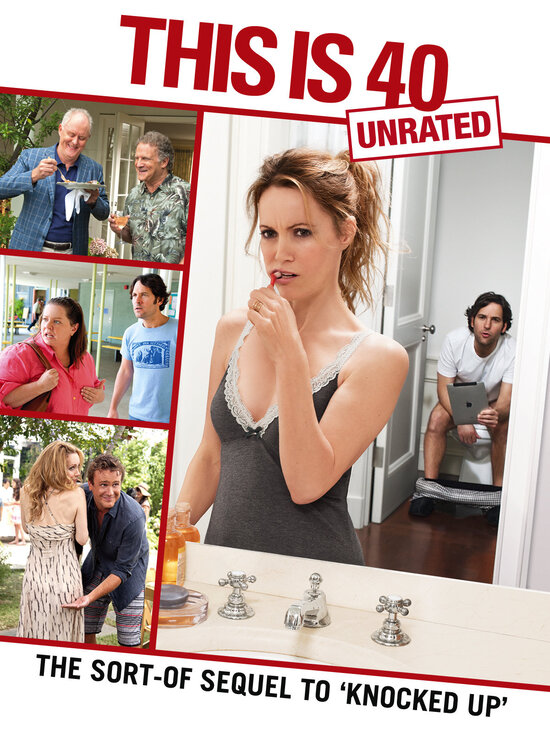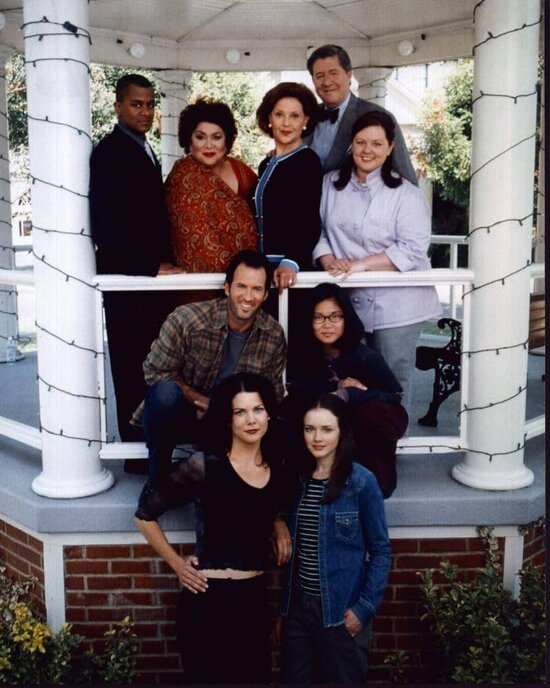Note: This post contains affiliate links. Buying through them doesn’t cost you extra, but it does drip into my coffee fun. I only recommend products I use and like.
Not everyone needs a newsletter. But if you are a writer building an audience, you need one.
Social media doesn’t cut it. You never know what governments or algorithms will do. You need a place you control to reach your potential and current customers.
While you might be lucky enough to live in a country where you don’t wake up to your favorite apps being banned, social media is still not the basket to keep all your eggs in. When I first started using Facebook, my friends saw all my posts. Now I celebrate if twenty people see it. Sure, you can make your social media posts as shareable as possible. But you’re still at the mercy of ever-changing algorithms. Not to mention, social media sites want you to pay to be seen. Hence, the amount of advertising options.
Don’t get me wrong. I like social media. In addition to IG, I’m on Facebook, Twitter, LinkedIn, and TikTok. But I have my own self-hosted WordPress blog (which you’re on right now) and a newsletter hosted via Kit (aff. link).
I’m a romcom novelist, a freelance writer, and blogger. If I need to switch newsletter or hosting services one day, I will still have my posts and contacts.
There is only one question to help you decide if you need a newsletter:
- Are you selling a product or a service? This, of course, includes your books.
If the answer is yes, you need a newsletter. If you’re a blogger or an author, the answer is yes.
It’s easy to feel overwhelmed. There are many alternatives. However, you can get started for free or on the cheap and then upgrade/switch if you need to. You can keep it as basic or complicated as you want.
And what if you don’t want to?
Obviously, it’s your call. But do you really trust all your business to come from websites and apps where you are the product?
No? Great. Go start that newsletter. Even if everyone you know and their 3rd cousin has one.
How to Choose Which Newsletter Service
- Price
- Functions
- Ease of Use
- Monetization options
There are many options, and you need to take your budget, audience size, and functionality into consideration first.
People swear by Mailchimp and MailerLite. I tried both, and for the life of me I couldn’t figure out how to do certain things. I switched to Kit (formerly Convertkit). Kit (aff.link) offers a free plan if you have fewer than 10,000 subscribers.
I like Substack, but I’m a little offended they still don’t offer newsletter monetization options to Turkey. (Substack gets you paid via Stripe, which isn’t supported in Turkey.)
As in, you can charge for your newsletter if you want. On Substack, you can offer free and paid tiers. The problem? The pricier the tier, the more comprehensive the content. Check your workload, and whether you can use Stripe when you consider this route.
How to Create and Plan Content: Scheduling, Frequency, and The Writing Itself
I’m not going to tell you to be consistent. As someone with ADHD and several health problems, I find that advice annoying. It might not be hard for some people, but I find it almost impossible to stick to a strict, consistent schedule when it comes to posting on my website and sending this newsletter. Does this hurt my business? Probably.
But hear me out: I am on hundreds of newsletters from different niches: travel writing, general freelance writing, novel writing, self-publishing, Norwegian learning, personal development…. I have no clue which person sends a newsletter on which day. I barely recognize if it is a weekly newsletter, a biweekly, or a monthly one.
And it’s not because these people don’t have great content. They do. That’s why I’m semi-willingly drowning in emails.
But I think it’s a bit naïve to think people subscribe to only like 5 newsletters, yours will be one of them, and they will absolutely notice when you don’t send out an issue every month on Wednesday at noon. I mean, come on.
It’s certainly helpful if you can stick to a looser schedule like weekly or monthly. But it doesn’t matter that much if your fans get the newsletter on a *Tuesday or a *Saturday.
*The one caveat here is this: If you are good at analyzing data, then check your open rates. If people tend to open more on a Tuesday, for instance, or at a certain time of day, do send your newsletter at that specific time. Don’t fight the data.
But for those of us who are more overwhelmed, it’s better to have sent your next issue than not have sent it.
Analytics: What to Pay Attention to (Even If Your Brain Doesn’t Work That Way)
In the last two years of high school (in my country), students choose to be divided into these classes: verbal (language and social sciences), language/math, math/science, and foreign language.
While my brain is more verbal and foreign language, I am fonder of basic math and geometry than geography and history. I wanted to study Business Admin, and statistically speaking, I had a better chance of getting into a good college if I chose science/math.
Some of the classes pushed me. Some of them were stimulating and fun. I didn’t fully belong in the math/science class, but I never quite belonged to any of the other classes either.
Which is my long-winded way of saying it’s okay if your brain gives an error message every time you hear advice that includes concepts like split testing.
For the curious, split testing is when you try two different things (like headlines) with your audience. One half gets one, and you see which option works better.
And the overwhelmed writer who doesn’t have a VA (aka me) will think: Right, because I have so much time left after all the writing, editing, pitching, trying to get reviews, marketing my book…
I know.
Like I said, if you can test things, it’s beneficial and you should definitely do some.
If it hurts your brain to even think about more work, you should still absolutely look at these:
- Who opens your emails and how often?
- What’s your open rate? (What percentage of your audience opens your emails)
- What’s your click rate? (What percentage of your audience clicks on your links)
This will give you an idea of what kind of content your audience prefers and how you should mention your books.
But some people will not open no matter what. So, decide on a time limit. Like 6 months. If your emails haven’t been opened in six months, it’s time to get that subscriber off your list.
A Newsletter Resources Rec for Writers
Start with Newsletter Ninja: How to Become an Author Mailing List Expert (aff link). She starts with basics and takes it to complicated, but it covers everything you need to know.
But don’t stop there. You can learn from any and all newsletters you get. Which subject lines drive you in? What makes you cringe? What lengths do you prefer? What is the frequency soft spot?
And when you have subscribers, ask them.
Also check out:
How to Write Newsletter Subject Lines
Newsletter Writing 101: The Dos and Don’ts
Why Should People Subscribe to You?
I’m not challenging you. I’m helping you brainstorm and feel motivated. Especially if you’re prone to overwhelm and impostor syndrome.
You write. You have things to say. Share with the world. Be you. And don’t forget to talk about your work and your why.
How to Market Your Newsletter
Argh, marketing! The archenemy of many writers. You already hate marketing, and now you have another thing to market?
Unfortunately, yes. You have to talk about your newsletter so that people will know there is a newsletter. Mention it at the back of your books. Your goal is to keep in touch with your readers anyway.
If you’re guest posting, leave a link to your newsletter. Post it on social media. Connect with other authors and promote each other’s newsletters. Google how to market newsletters. Ask ChatGPT.
If you like my writing, you might enjoy hearing from me via email. I talk about blog updates, (writing) life, my books (aff.link), writing tips, and give fun TV/movie/book recs. You can subscribe here. See what I did?
Bottom line:
Running a newsletter is fun. It’s more work, but it’s enjoyable, rewarding work. If you try and hate it, either don’t do it, or outsource if you can afford it.
This is not like drinking enough water every day. Your health won’t be affected if you don’t do this. But you might be missing out on a lot of lovely things like new fans, happy readers, new friends, social interaction, more reviews, and more sales.
Let me know in the comments if you have a newsletter and what you talk about.








